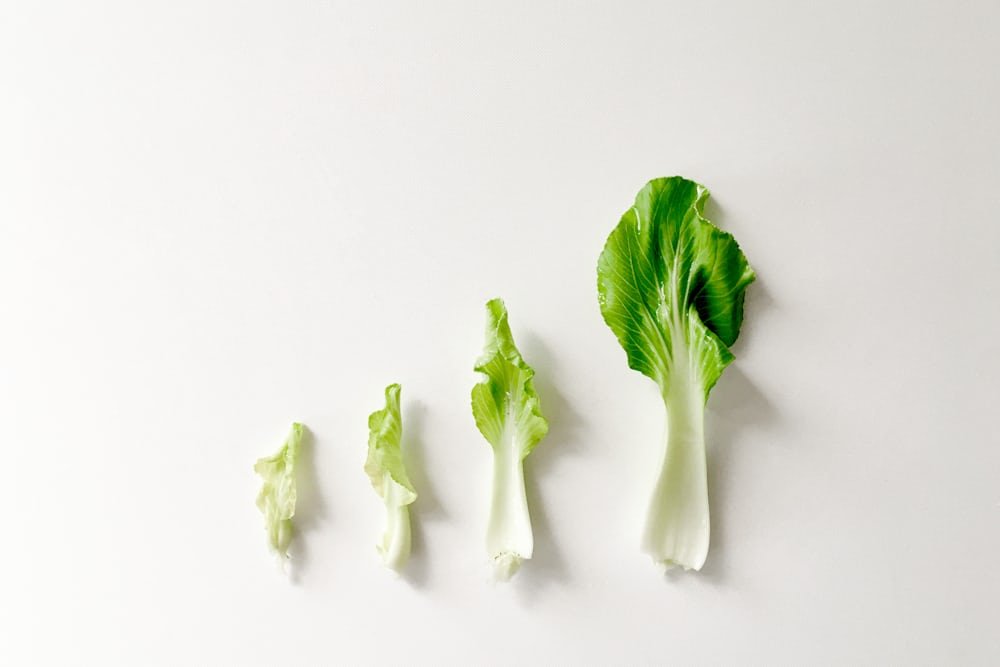Rapini, also known as broccoli rabe or broccoli raab, is a leafy green vegetable closely related to turnips. Despite its name, it is not a type of broccoli but rather a member of the Brassica family, which includes cabbage, kale, and Brussels sprouts. This nutritious vegetable is celebrated for its slightly bitter taste and numerous health benefits.
History and Origin
Rapini has its origins in the Mediterranean region, particularly in Italy, where it has been cultivated for centuries. It is believed to have been introduced to North America by Italian immigrants in the late 19th century. Today, it is grown in various parts of the world, including Europe, North America, and Asia.
Culinary Uses
In Italian cuisine, rapini is a staple ingredient, often featured in dishes such as pasta, soups, and salads. Its robust flavor pairs well with garlic, olive oil, and chili flakes. Before cooking, rapini is typically blanched to reduce its bitterness.
Nutritional Benefits
Rapini is packed with essential vitamins and minerals, making it a nutritious addition to any diet. It is particularly rich in vitamin K, vitamin A, vitamin C, and folate. Additionally, it contains significant amounts of calcium, iron, and potassium.
Growing Rapini
Rapini thrives in cool, moist climates and can be grown in both garden beds and containers. It prefers well-drained soil and full sun but can tolerate partial shade. Rapini is a fast-growing vegetable and can be harvested within 6 to 8 weeks of planting.
Popular Rapini Recipes
One popular way to enjoy rapini is in pasta dishes, where it adds a unique flavor and texture. Another delicious option is grilled rapini, which can be seasoned with olive oil, salt, and pepper before being cooked over an open flame.
Varieties of Rapini
There are several varieties of rapini available, each with its own unique characteristics. Some common varieties include Sessantina, Quarantina, and Novantina. These varieties differ in leaf shape, size, and flavor intensity.
Availability and Seasonality
Rapini is typically available year-round in most grocery stores and farmers’ markets. However, it is at its peak during the cooler months of fall and spring when it is most flavorful and abundant.
Rapini vs. Broccoli Rabe
While rapini and broccoli rabe are often used interchangeably, they are technically two different vegetables. Broccoli rabe has larger florets and thicker stems than rapini, giving it a slightly different appearance and texture.
Storage and Shelf Life
To prolong the shelf life of rapini, it should be stored in the refrigerator in a plastic bag or container. It will typically stay fresh for up to one week. Before cooking, be sure to rinse the rapini thoroughly to remove any dirt or debris.
Health Concerns and Precautions
Although rapini is highly nutritious, some people may experience digestive discomfort when consuming it raw due to its high fiber content. Cooking rapini can help mitigate this issue. Additionally, individuals taking blood-thinning medications should consume rapini in moderation due to its vitamin K content.
Cultural Significance
Rapini holds cultural significance in many parts of the world, particularly in Italy, where it is celebrated as a symbol of traditional cuisine and culinary heritage. It is often featured in festivals and cultural events celebrating Italian food and culture.
Rapini in Literature and Art
Rapini has also made its mark in literature and art, where it is sometimes depicted as a symbol of resilience and strength. Its robust flavor and distinctive appearance have inspired artists and writers for centuries.
Conclusion
rapini is a versatile and nutritious vegetable that deserves a place in any kitchen. Whether enjoyed in classic Italian dishes or incorporated into creative recipes, rapini offers a delicious way to boost your health and culinary repertoire.
FAQs
Is rapini the same as broccoli?
No, rapini is not the same as broccoli. While they belong to the same family, rapini is a leafy green vegetable with a slightly bitter taste, whereas broccoli has a denser texture and milder flavor.
Can I eat rapini raw?
While rapini can be eaten raw, its bitter taste may be overpowering for some. Cooking rapini can help mellow its flavor and make it more palatable.
How do I know when rapini is ready to harvest?
Rapini is typically ready to harvest when the leaves are dark green and the stems are tender. Avoid harvesting rapini when the flower buds have opened, as the vegetable may become too bitter.
Is rapini high in calories?
No, rapini is low in calories but rich in essential nutrients such as vitamins A, C, and K, as well as minerals like calcium and iron.
Can I freeze rapini for later use?
Yes, rapini can be blanched and frozen for later use. Simply blanch the rapini in boiling water for 2-3 minutes, then transfer to an ice bath to stop the cooking process. Once cooled, drain the rapini and pack it into freezer-safe containers or bags.
